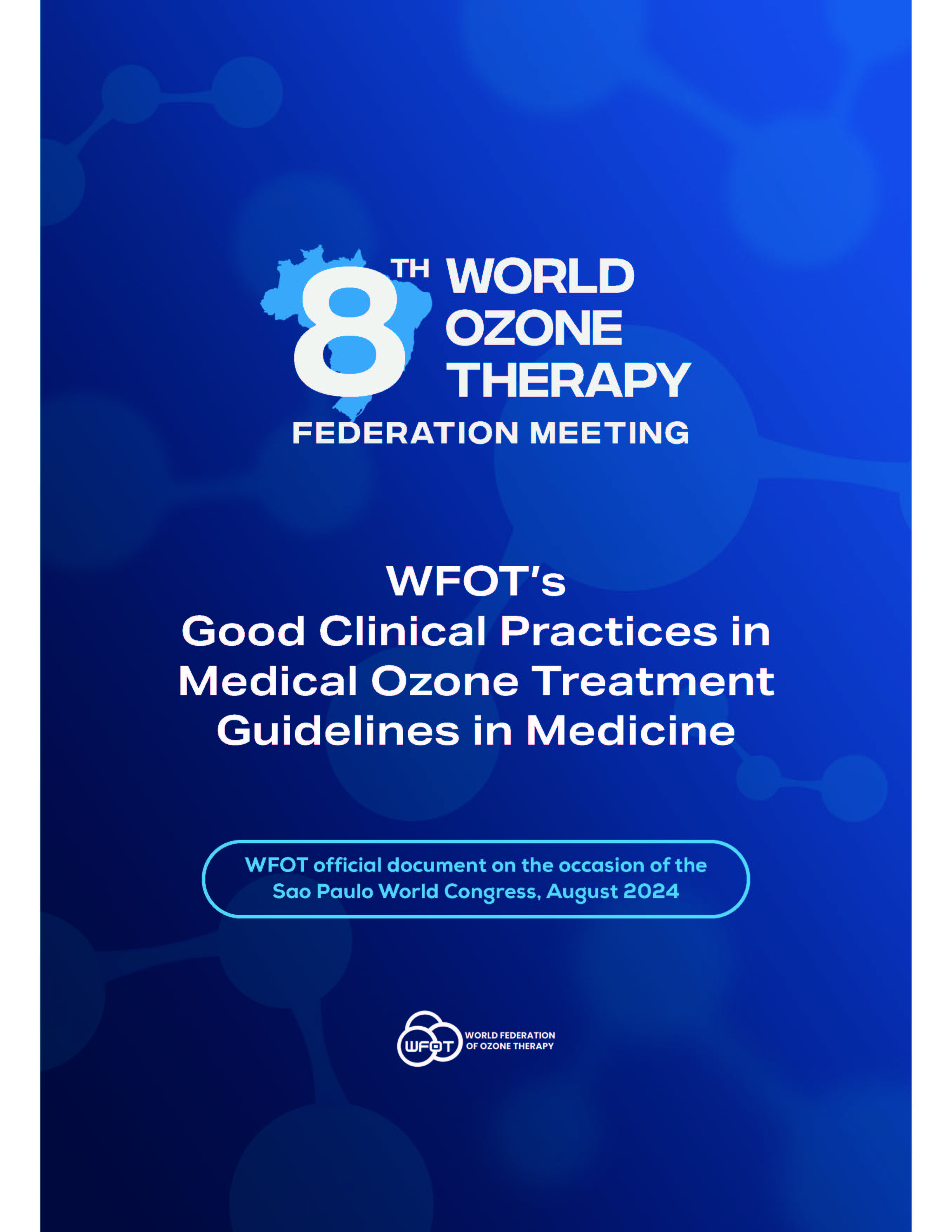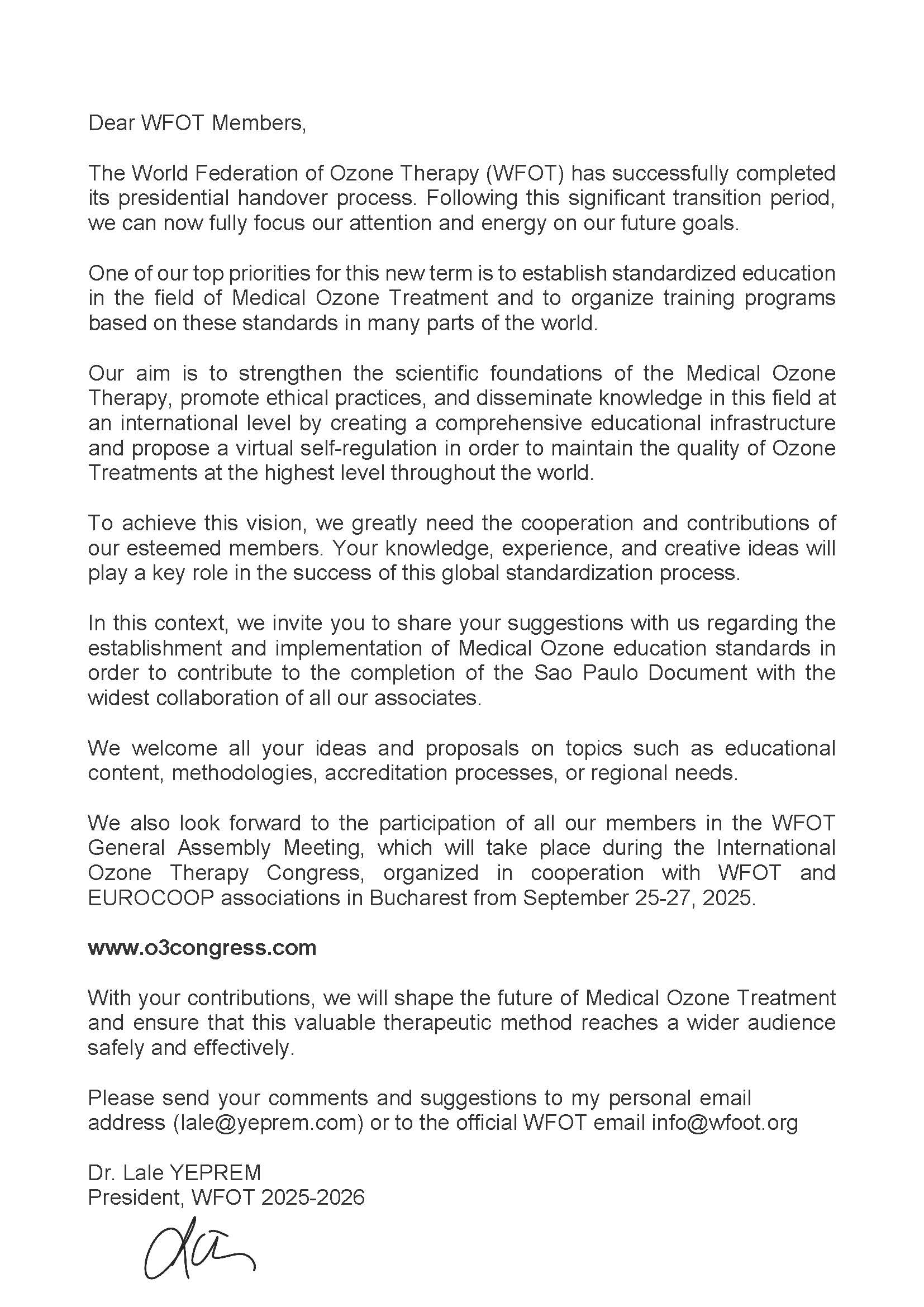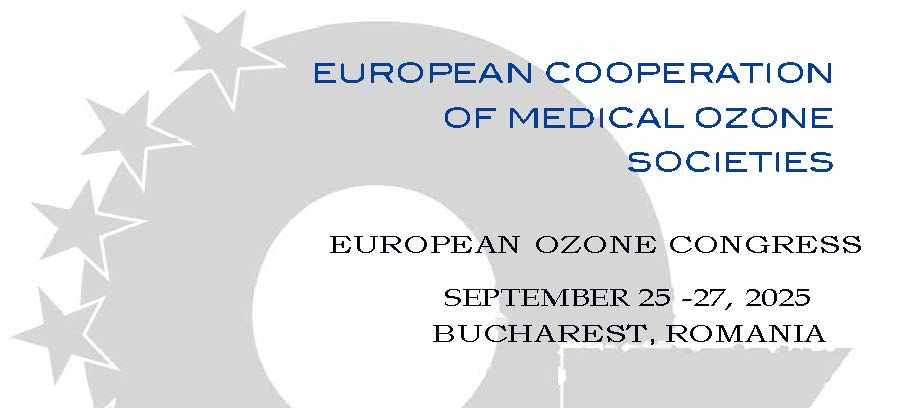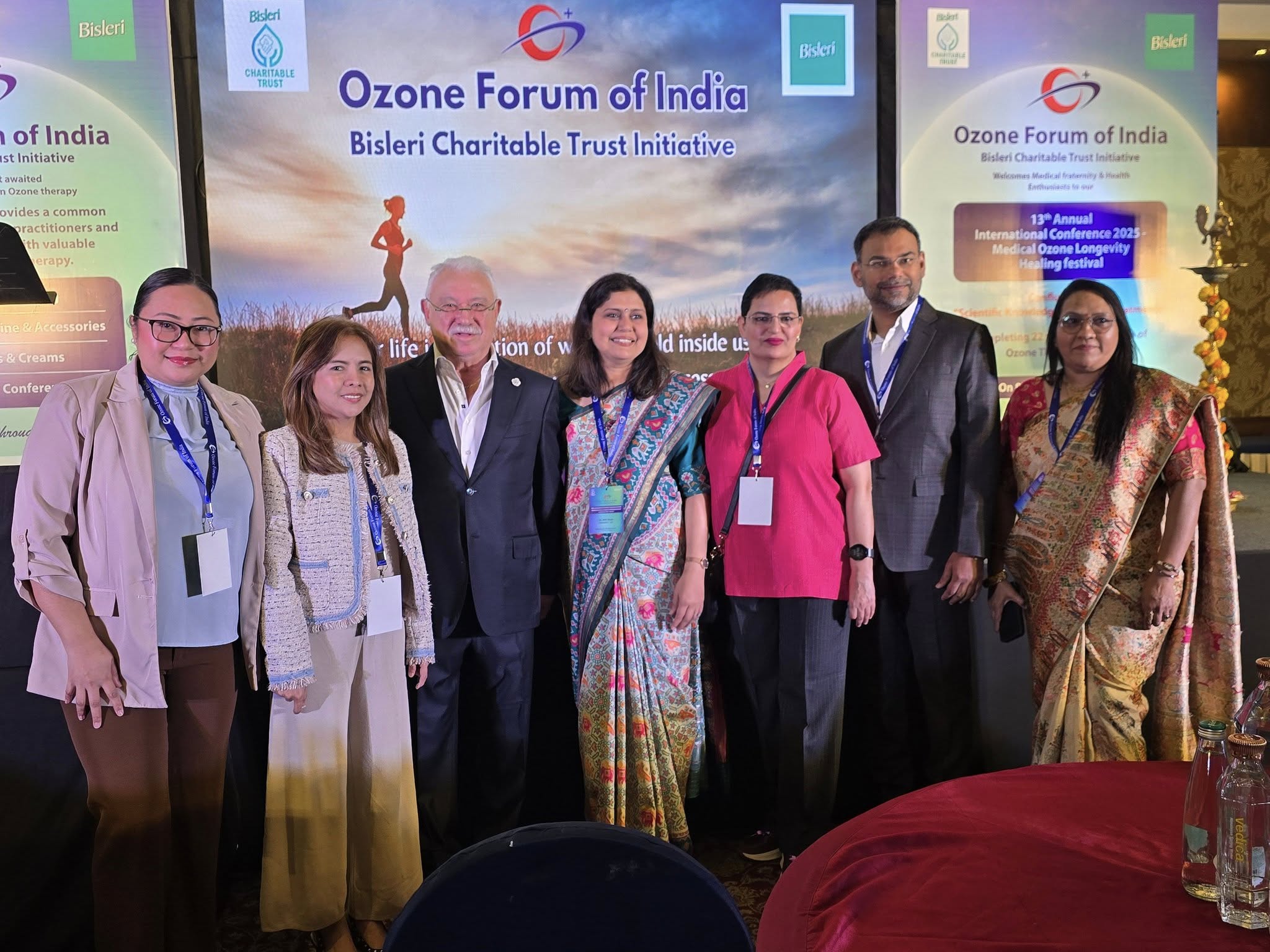On the Clinical Uses of Medical Ozone
Medical ozone began to arouse the interest of the scientific community already at the end of the 19th century when its disinfectant and highly oxidizing action had allowed the first uses in the medical field and the first observations both in favor (Bartlett FW. The Practical Utilization of Ozone in the Treatment of Disease. Buffalo Med Surg J. 1883 Aug;23(1):1-14. PMID: 36663621; PMCID: PMC9401405) and against (Debierre, Campbell FR. History of Ozone in Therapeutics. Buffalo Med Surg J. 1887 Jan;26(6):259-262. PMID: 36666181; PMCID: PMC9447663., 2, 3), an endless debate that continues to this day.
From that moment to today, interest has grown exponentially as indicated by the number of publications that have addressed the topic, reaching a total of 4,997 citations on PubMed.
But it is in the second half of the last century that a real re-evaluation of this treatment began, called Oxygen Ozone Therapy at the time.
In fact, thanks to the studies of numerous scientists, including Prof. Velio Bocci, it was possible to scientifically explain the apparently paradoxical effect resulting from the activation of a response that is exactly the opposite in qualitative terms to the effects of an agent such as ozone with high oxidizing properties.
This phenomenon, called the hormetic effect, was already known, but the more intimate mechanisms that could prove and explain the activation of an antioxidant response by living beings on this planet, equipped with an oxygen-dependent energy mechanism and expressed in the mammalian cell engine, the mitochondria, were at that time mostly unknown.
We know now that it could be defined as an adaptive response to a xenobiotic stimulus with the activation of metabolic pathways capable of counteracting the effect suffered by generating an exactly opposite one.
This is the hormetic concept of an antioxidant response that follows the administration of an oxidizing agent, obviously graduated in intensity and duration and which does not exceed the threshold of possible biological damage.
Therefore, unlike the well-known dose/effect relationship underlying classical pharmacological activity on receptors, in the case of hormetic adaptive action there is no linear dose-effect relationship with absence of effects at very low doses and toxicity at higher ones, sometimes not easy to evaluate and quantify, both in the acute and chronic phases.
This is one of the main reasons why some new techniques recently proposed for the administration of medical ozone cannot find a place in the field of medical integration as they are not supported by adequate scientific literatures both for the lack of clinical studies but above all for the possible toxicity deriving from the continuous and prolonged administration of oxygen-ozone mixtures as in the case of the recently and hastily introduced techniques such as those called multi-passes (10, 20 or even more).
Not only that, the technique described as the most effective in producing an unidentified Bioenergetic Metabolism with activation of Stem Cells and an undefined “Mitochondrial Biogenesis”, finds no correspondence in the scientific literature and is based on a single mostly anecdotal publication (König B, Lahodny J. Ozone high dose therapy (OHT) improves mitochondrial bioenergetics in peripheral blood mononuclear cells. Transl Med Commun. 2022;7(1):17), also lending itself to other critical issues for possible side effects not yet fully considered and studied.
In fact, at each pass performed by taking a certain amount of blood, treating it with ozone, and infusing it back into the patient, the amount of anticoagulant needed for all passes must be taken into account, which could lead to serious consequences in terms of blood coagulation in addition to the risk of possible contamination if performed in unsuitable places.
In conclusion, it is clear that these new techniques, far from being considered innovative or harbingers of prodigious clinical effects, differ greatly from what is described in the numerous scientific works produced in the case of the use of medical ozone according to the techniques already described in the literature and which are regulated by a hormetic mechanism and by the involvement of surprising metabolic pathways such as NRF2.
In fact, the repeated administration of a highly oxidizing substance cannot be considered a hormetic mechanism and paradoxically is more in line with conventional medical treatment being more related to the dose thinking, in my opinion erroneously, that higher doses can obtain a superior result to a single dose, thus introducing new interpretative models not in line with the scientific literature produced in the last 50 years and more.
WFOT suggests once again that the use of innovative techniques that deviate from the protocols used to date in the field of medical ozone and that have demonstrated the absence of any adverse effect on a highly significant world population, are not recommended as they lack two fundamental aspects:
- Verification of possible acute and chronic toxicity;
- Adequate scientific and clinical studies on the possible induced mechanisms which, in the case of medical ozone, depend mainly on the adaptive response of the individual patient.
Lamberto Re - WFOT
lambertore@lambertore.com
May 27, 2025







